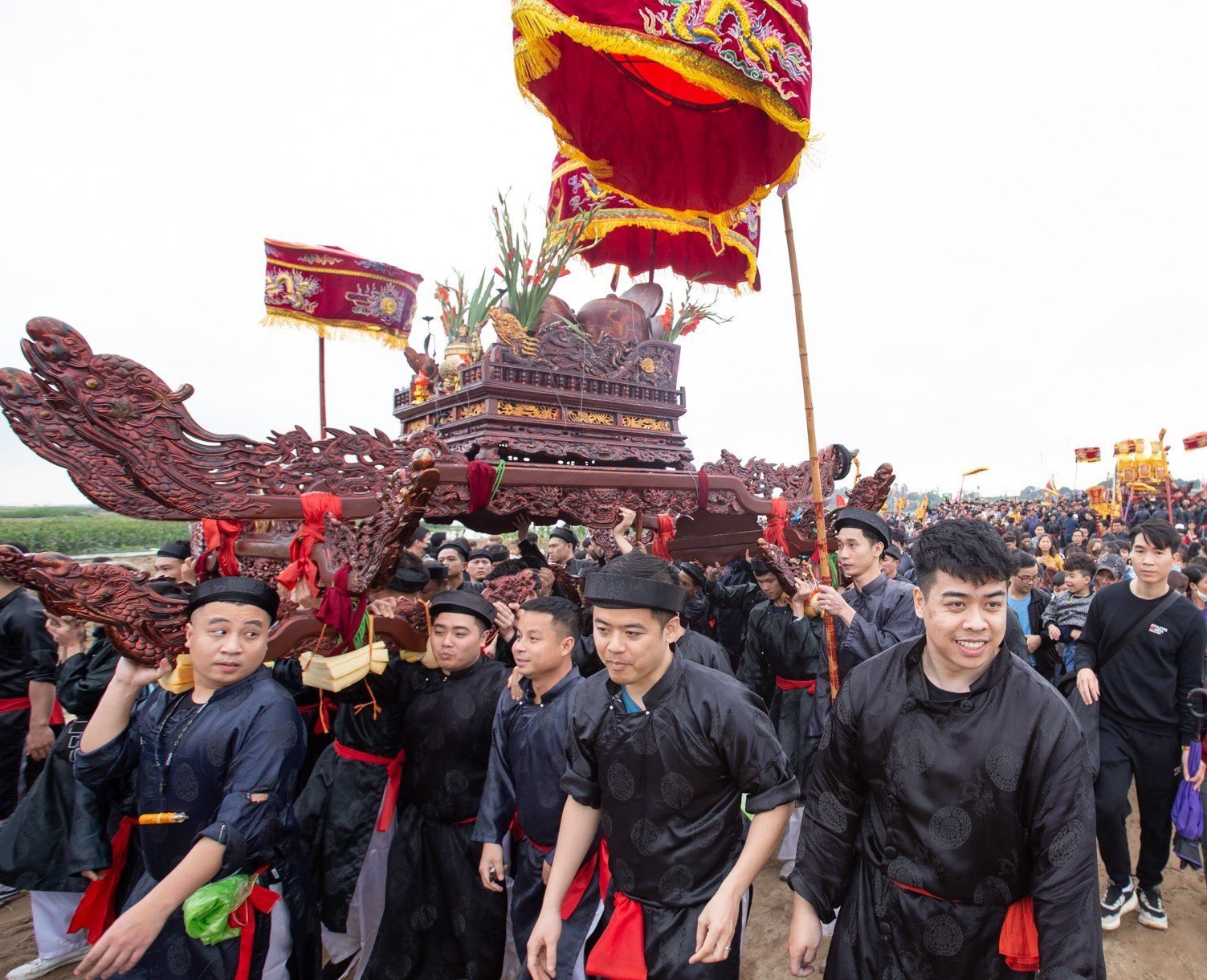
Water worship is a long-standing belief, possibly since the Hung Kings' era, it is closely associated with the spiritual life of Vietnamese people in general, especially residents of the Red River Delta - a place with a strong imprint of river culture. That is the opinion of cultural researcher Nguyen Quang Khai, who has spent many years researching folk beliefs. For generations, in any worship ritual of the residents of the Northern Delta in particular, and Vietnamese people in general, water is indispensable. It is the cup of water on the ancestral altar on any occasion, the water jar/water basin in the rituals of the communal house, of the village...
The village pond or village well, together with the banyan tree and communal house yard, were once considered the “soul” of every Vietnamese village. Because they were the source of water for the entire village, they were always strictly preserved and protected by their own regulations.
Water procession ceremony
The respect for water in the folk consciousness is also shown in the water-inviting ritual (also known as water procession) in most festivals in the Red River Delta. Water-inviting is a unique ritual expressing the water-praying belief of the residents living with the rice-growing civilization along the river.
The characteristic of the water procession ceremony is that it is solemnly carried out at historical and cultural relic sites. The water source for the procession is always from large rivers or wells associated with the history and stories of the characters worshiped at the relic. The water procession is often large-scale with a full flag team, lion, lion and dragon dance team, eight-sound troupe, male and female mandarin worship team... In the ritual, a large ceramic jar or pot is used to hold water. The pot (or pot) is solemnly placed on a palanquin (palanquin carried by 8 people). The water brought back must be taken from the middle of the river, where there is the purest water source. When brought back to the communal house/village, water is often used for ceremonies; to clean the throne and the tablet of the god in the communal house/temple and also to water the plants around the communal house...
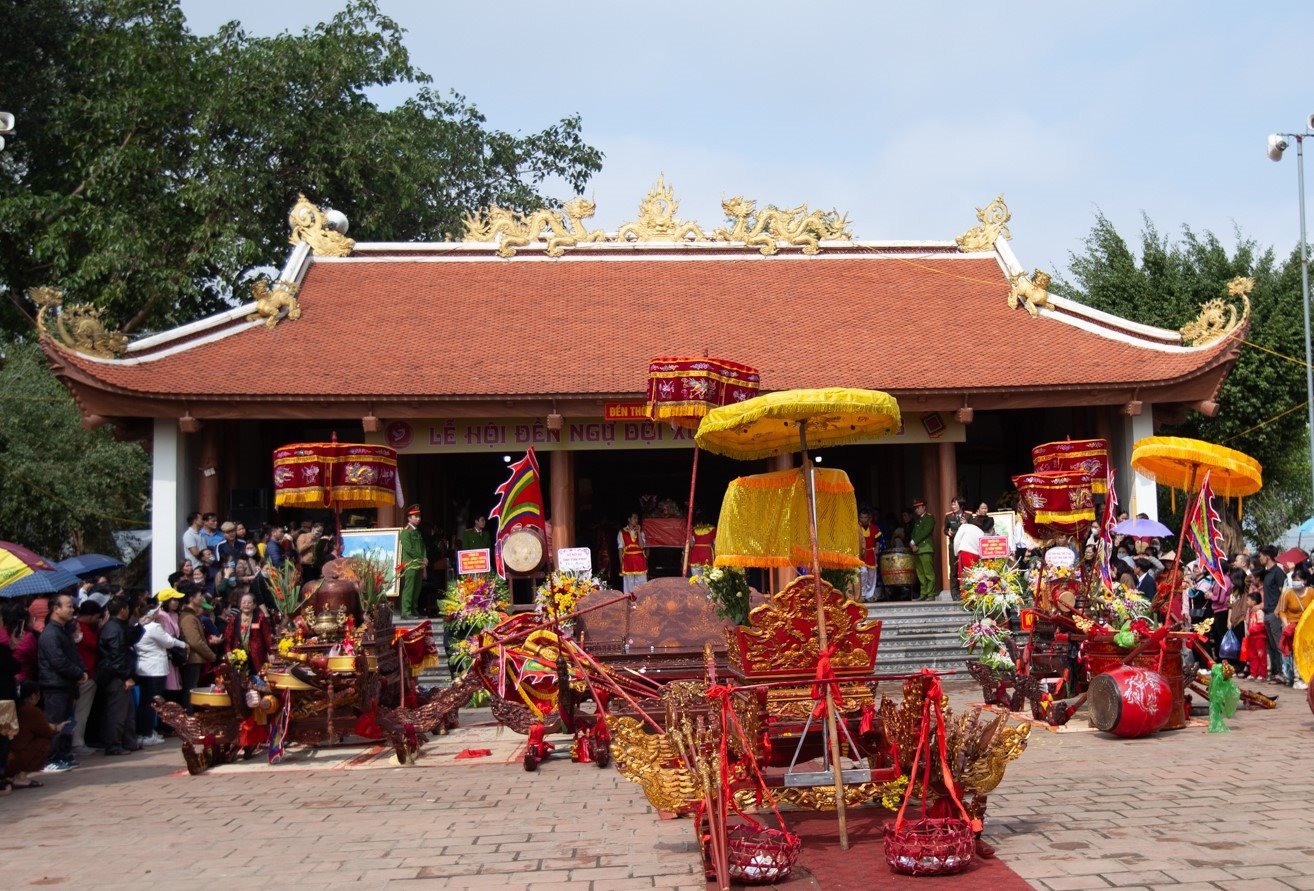
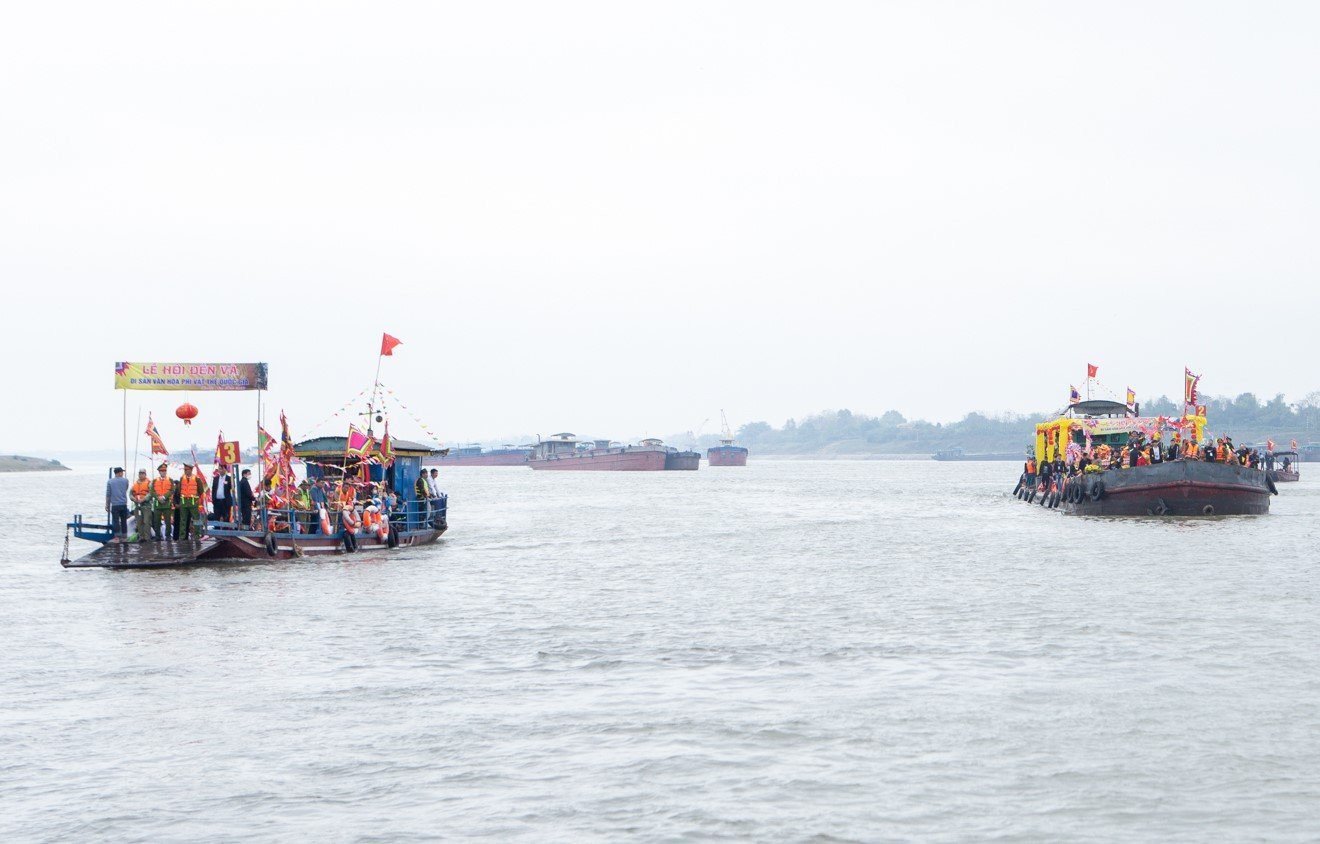
For generations, carrying water from the Red River has become an extremely sacred ritual in festivals in many residential areas of the capital Hanoi in the first days of the year. Typical examples include Tho Khoi village (Long Bien district), Xuan Canh hamlet (Xuan Canh commune, Dong Anh district); Yen Duyen village (Yen So ward, Hoang Mai district); Chem village (Thuy Phuong ward, Bac Tu Liem district); Lien Ha commune (Dan Phuong district) or Cat Bi village (Phu Xuyen district)... In Nhat Tan village (Tay Ho district), it has become a custom that every 5 years, the villagers solemnly organize a ceremony to carry water from the middle of the Red River to the communal house for worship. The water is taken from the middle of the river's confluence, and after being carried back, it will be kept at the communal house for 5 years, which is extremely precious...
The ancient alluvial plain, Vinh Tuong district (Vinh Phuc province) is home to many rich and diverse intangible cultural heritages, bearing the characteristics of the Red River Delta. The villages: Bich Chu, Thu Do, An Tuong, Kim De (An Tuong commune); Van Giang village (Ly Nhan commune); An Lao village (Vinh Thinh commune) of the district are famous for their water procession rituals.
Preserving and restoring the water procession ritual
In Nam Dinh province, some spring festivals in the province have restored and maintained the water-inviting ritual such as: Tran Temple Seal Opening Festival, Loc Vuong Ward (Nam Dinh City), Quang Cung Palace Festival, Yen Dong Commune (Y Yen), Nhue Pagoda Festival, An La Village, Nghia An Commune (Nam Truc), Dong Cao Thuong Communal House Festival, Yen Loc Commune (Y Yen), Cat Dang Communal House Festival, Yen Tien Commune (Y Yen)... In many areas of Hung Yen, Ha Nam, Thai Binh provinces, water-inviting is also the first, important, indispensable ritual in many traditional festivals in each locality.
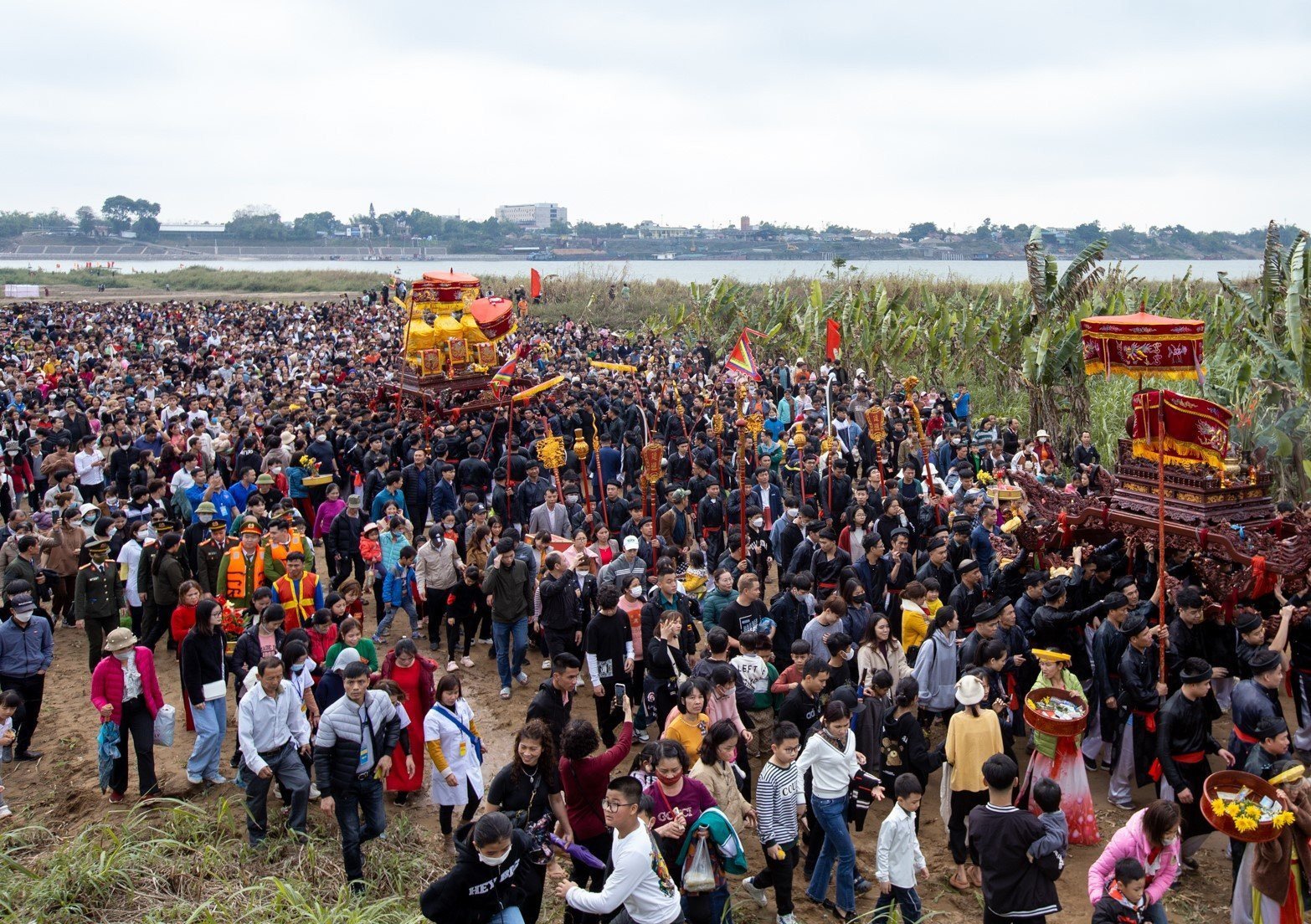
Mr. Nguyen Van Dap, Deputy Director of the Department of Culture, Sports and Tourism of Bac Ninh province, said: With the location being built up by large rivers such as Cau River, Thuong River, Duong River, Tieu Tuong River (ancient), Dau River..., the custom of worshiping water/water control is very rich, found in many localities of Bac Ninh province. Typical is the belief in worshiping the four Dharmas: Phap Van, Phap Vu, Phap Loi, Phap Dien... Some localities worship Saint Tam Giang along Cau River, some regions worship gods with merit in controlling water such as: Saint Cao Son, Quy Minh, Son Tinh...
To preserve the good values of folk culture, the Department of Culture, Sports and Tourism of Bac Ninh province will assign specialized agencies to conduct research, inventory and evaluate the intangible cultural values, tangibles, and festivals associated with water worship and water management in the province. On that basis, prepare dossiers of some unique festivals to propose to the Ministry of Culture, Sports and Tourism to include them in the list of National Intangible Heritage; strengthen festival promotion to raise public awareness. At the same time, raise the level of some festivals through investment in the restoration, renovation and embellishment of communal houses, pagodas, temples, etc., Mr. Nguyen Van Dap added.

The existence of the water procession ritual in the Red River Delta shows the respect for nature and water resources of the community. Although it has many different forms, it is meaningful to remind the nation of its roots and the extremely necessary meaning of water for life and the environment. Nowadays, society is developing, people live more modernly, old things are gradually fading away, but the belief in water worship as well as the water procession rituals in folk festivals of the Northern Delta are certainly still preserved.
"As long as there is agricultural production and agricultural products, the belief in water worship or the sacred water procession ritual will certainly still exist in the consciousness and cultural life of the Red River residents," cultural researcher Nguyen Quang Khai commented.
Source

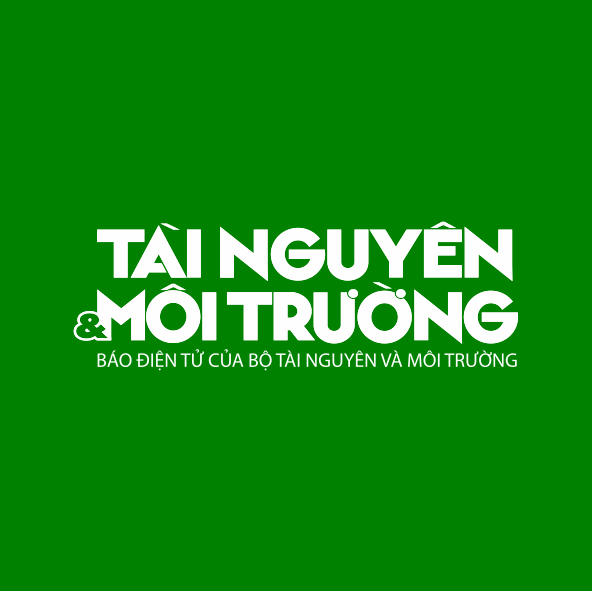



![[Photo] Looking back at the impressive moments of the Vietnamese rescue team in Myanmar](https://vstatic.vietnam.vn/vietnam/resource/IMAGE/2025/4/11/5623ca902a934e19b604c718265249d0)

![[Photo] "Beauties" participate in the parade rehearsal at Bien Hoa airport](https://vstatic.vietnam.vn/vietnam/resource/IMAGE/2025/4/11/155502af3384431e918de0e2e585d13a)
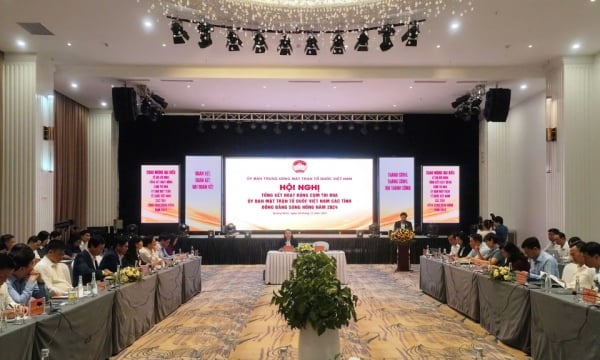

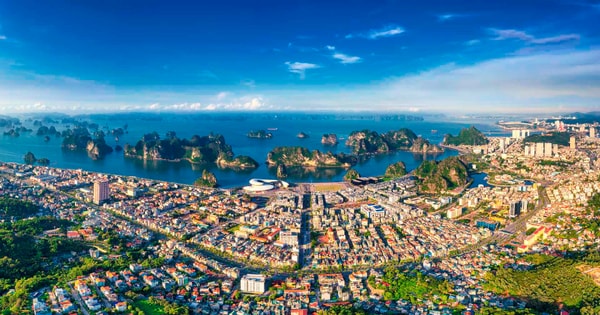

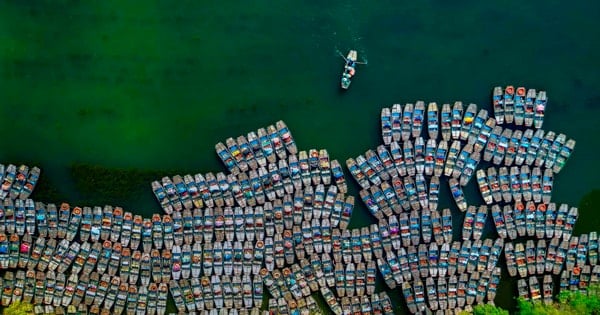
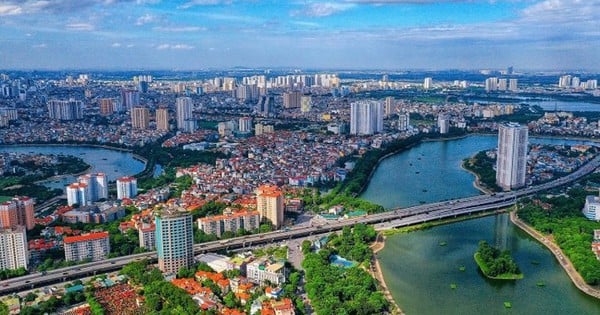
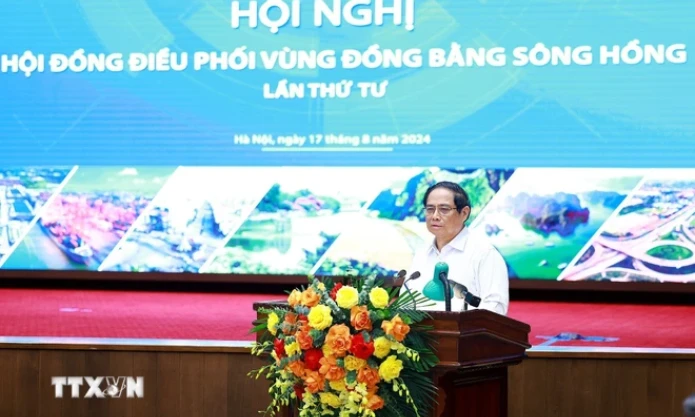
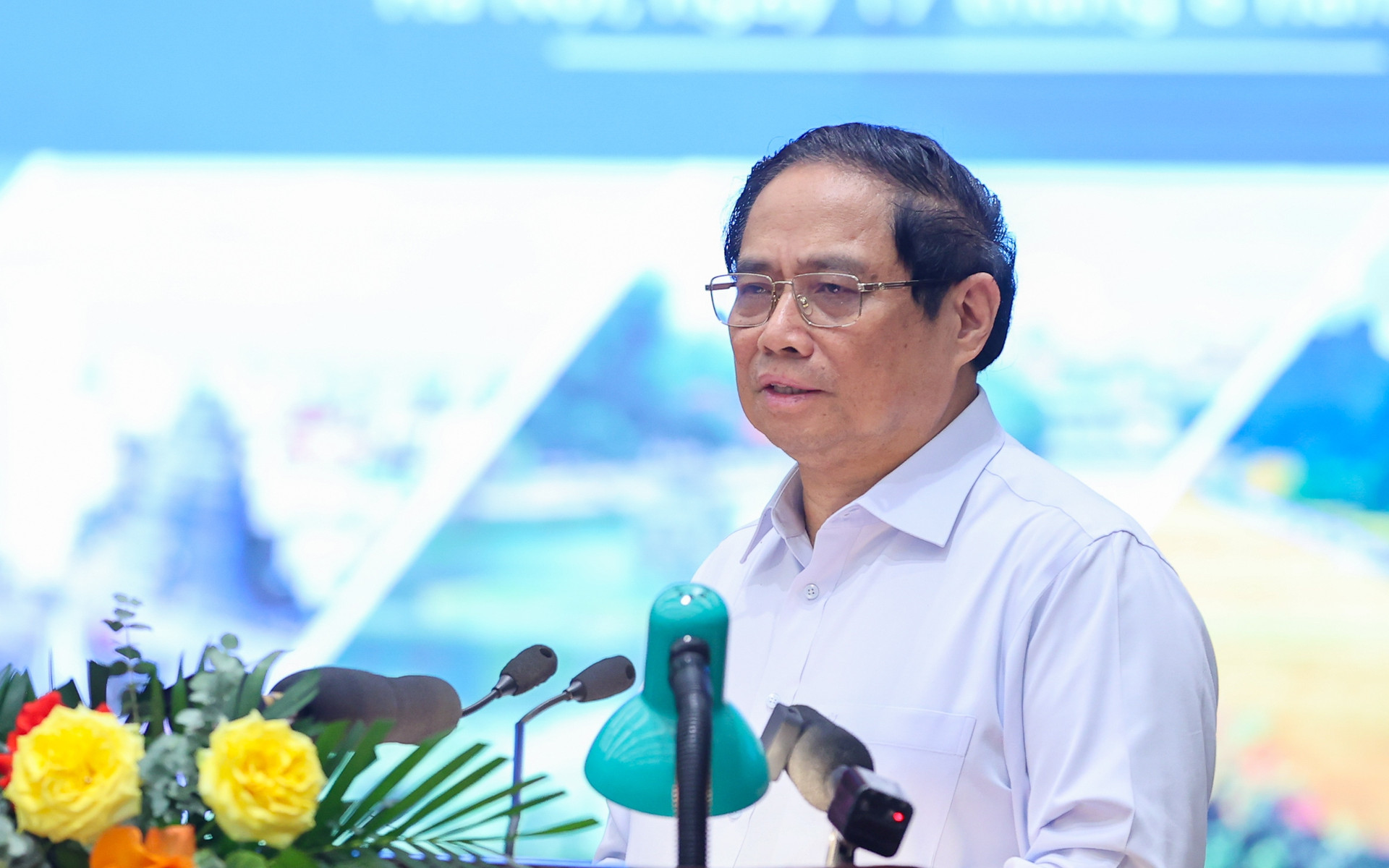

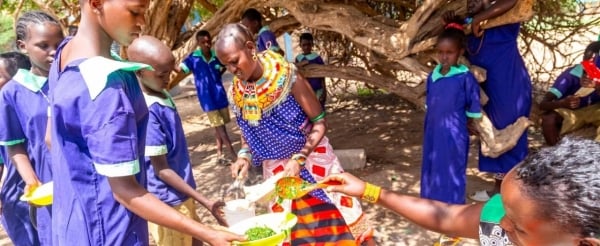
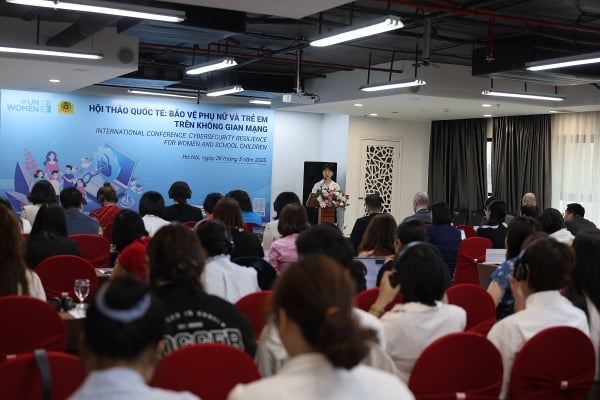
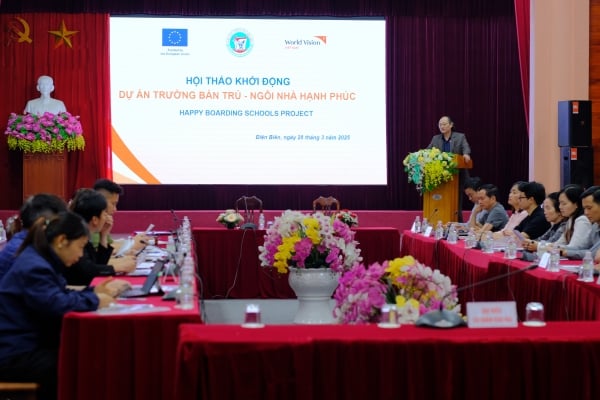
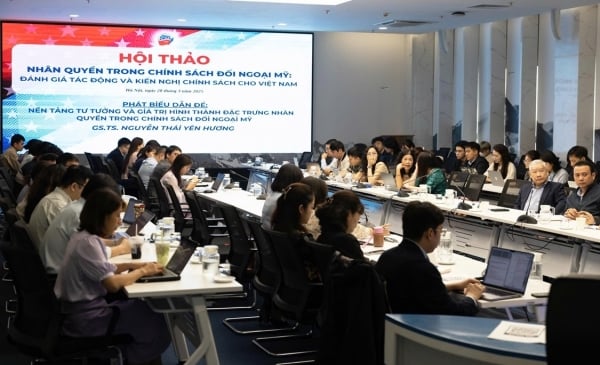


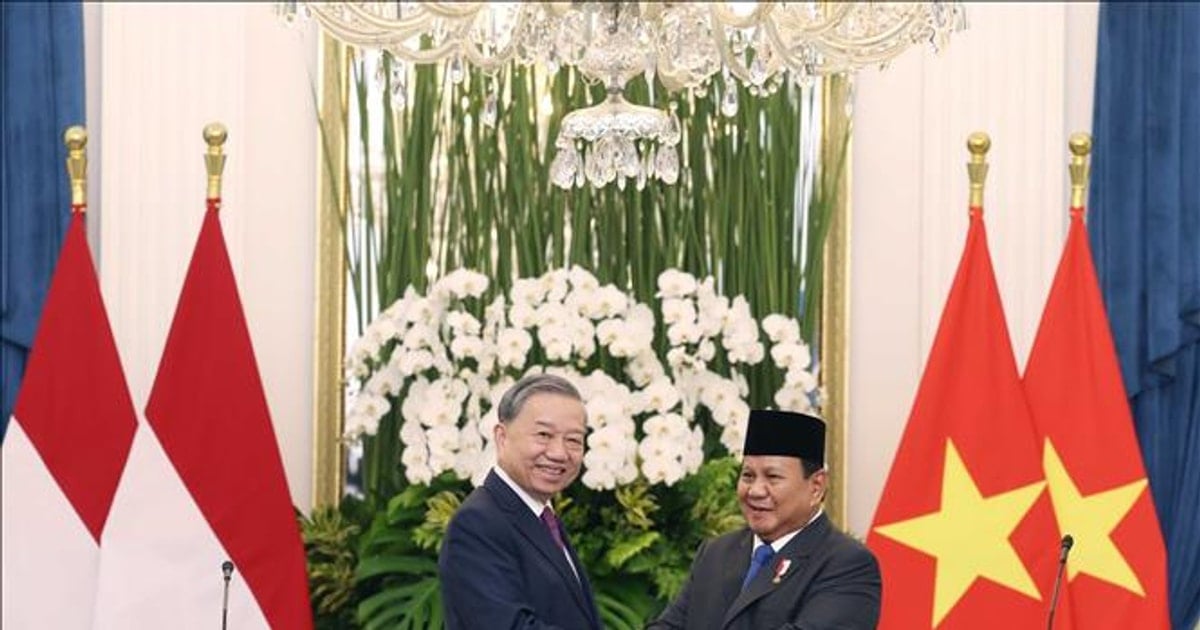


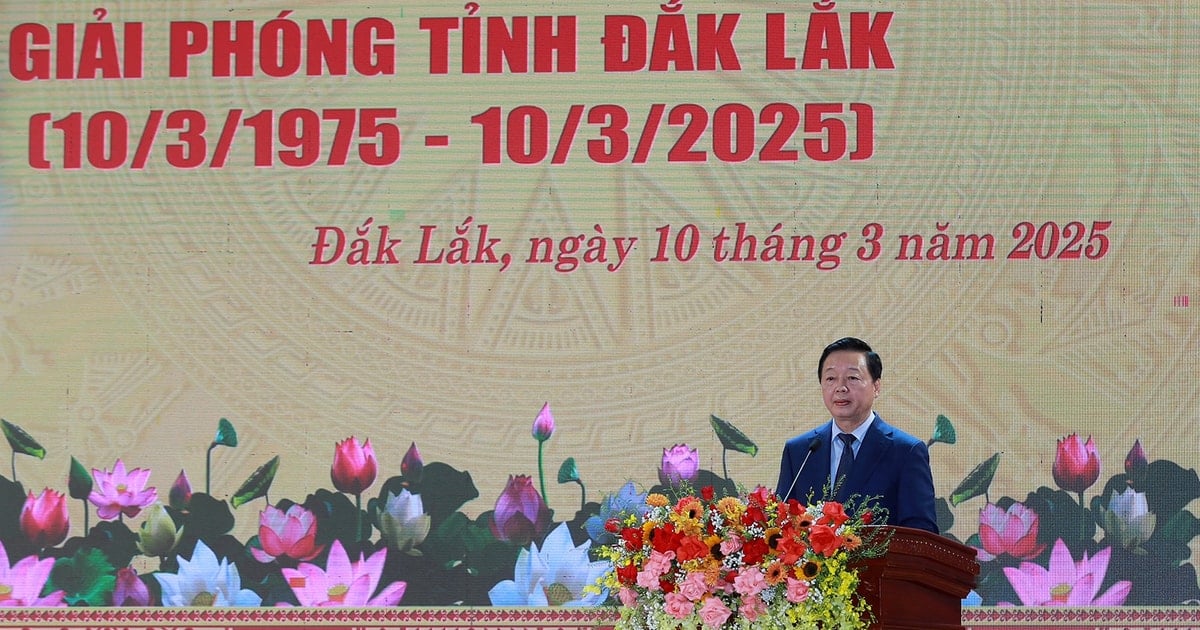
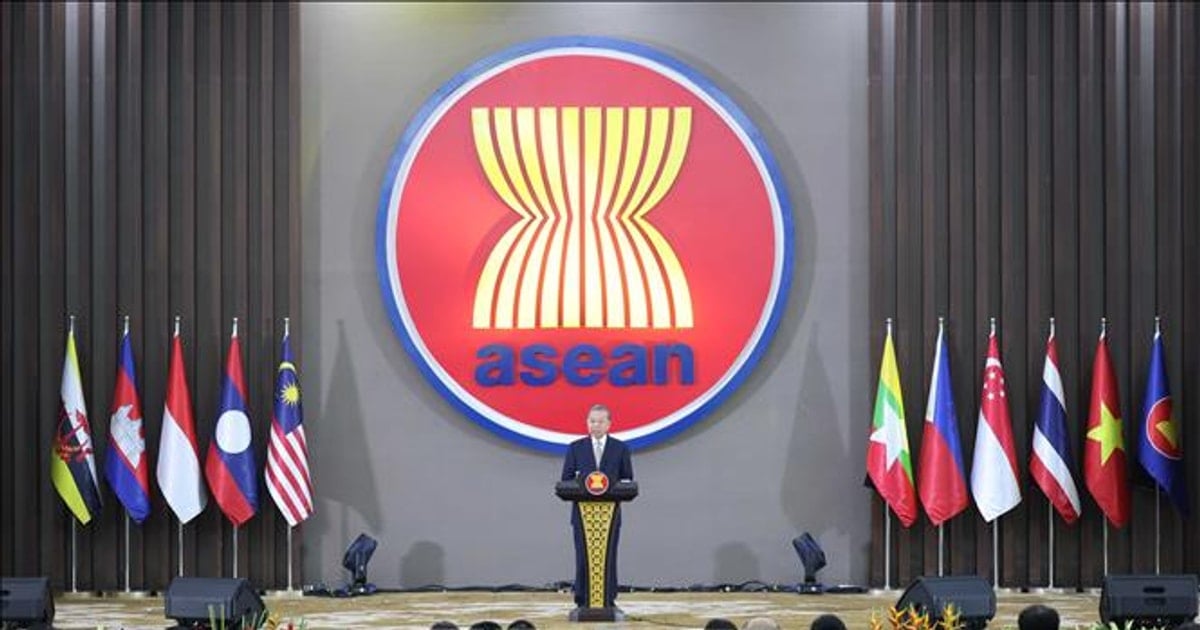
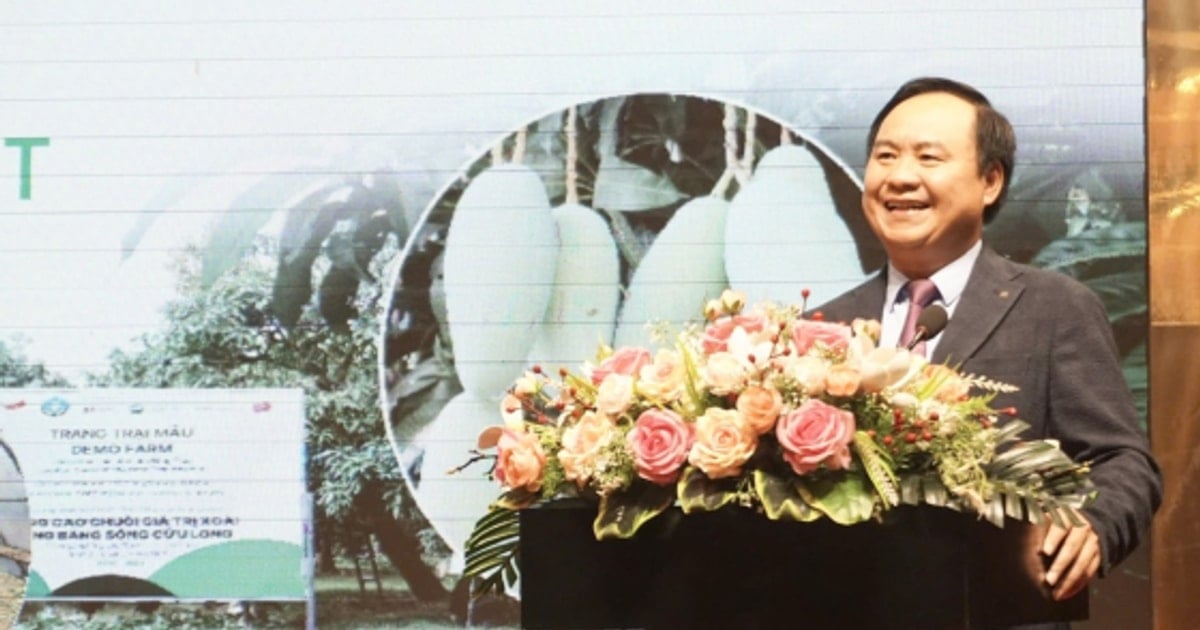
![[Photo] Summary of parade practice in preparation for the April 30th celebration](https://vstatic.vietnam.vn/vietnam/resource/IMAGE/2025/4/11/78cfee0f2cc045b387ff1a4362b5950f)










































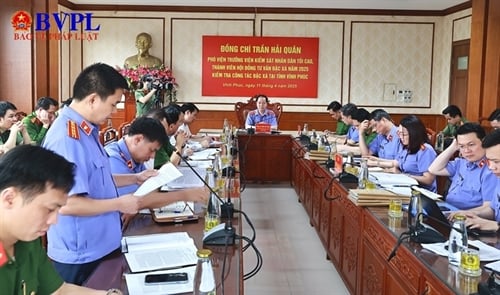



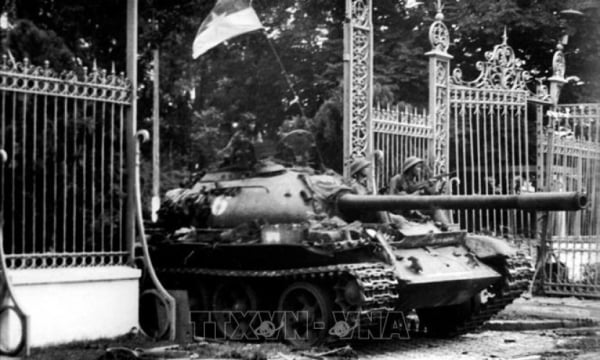
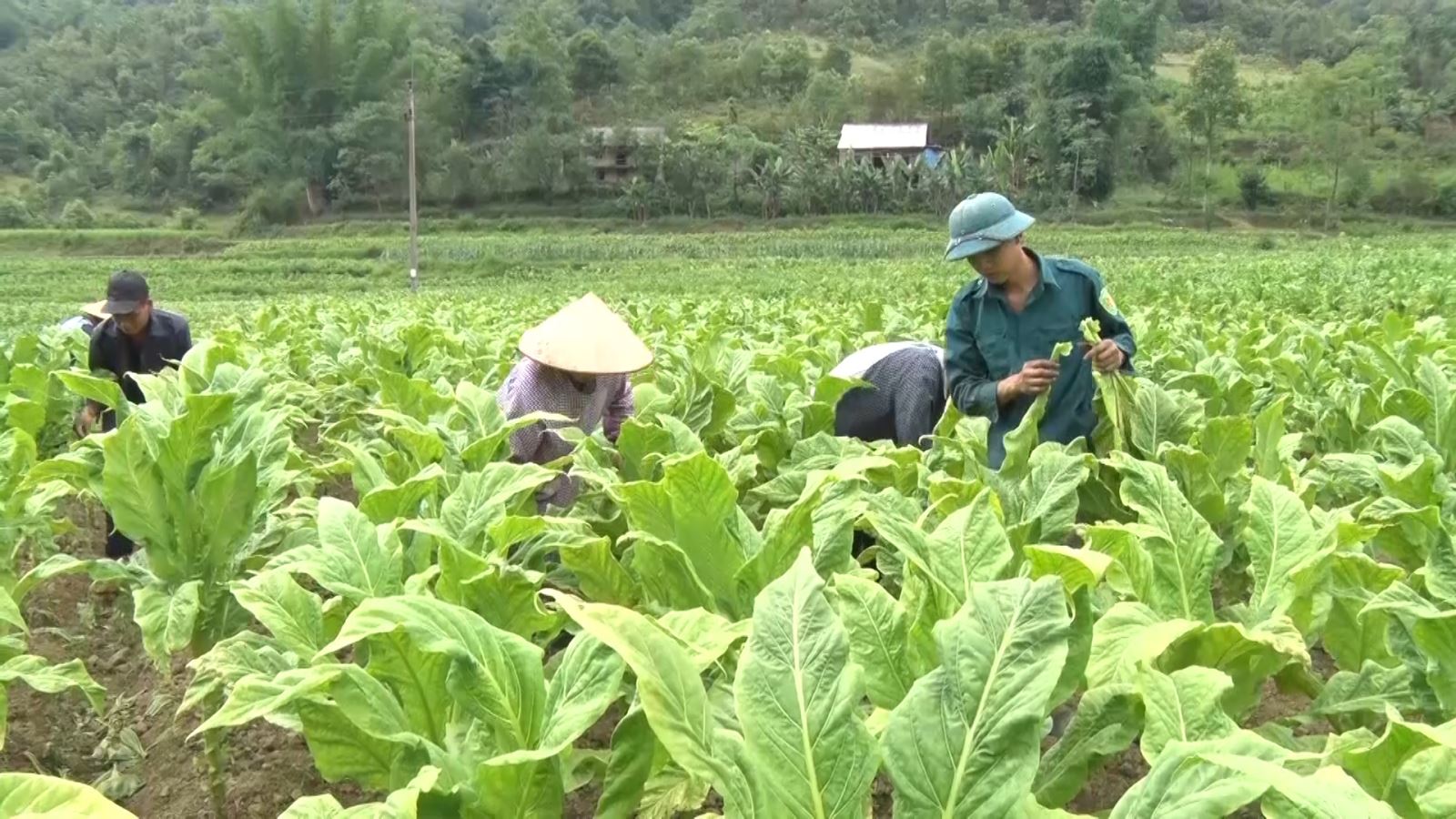












Comment (0)